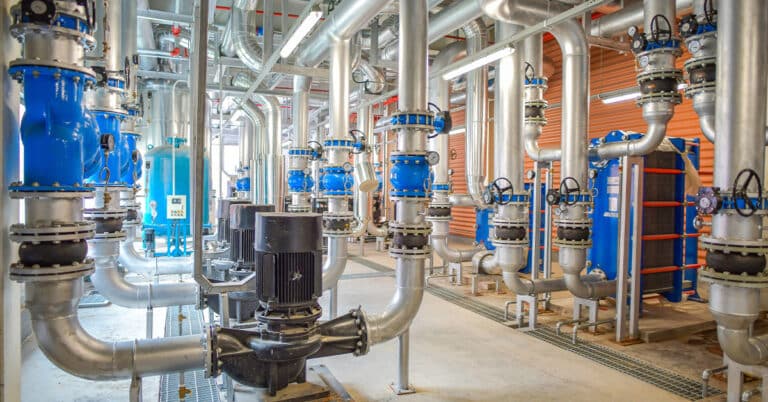IIoT (Industrial Internet of Things) sensors are playing an increasingly bigger role in manufacturing. This growth will continue as communications and technology evolve. IIoT manufacturing sensors are included as part of “smart” machinery, or are added as aftermarket enhancements, and cover a broad range of processes and functions.
These sensors are generally used for:
- Temperature monitoring
- Vibration monitoring
- Leak detection (such as gas leaks)
- Process monitoring and modeling
- Performance data monitoring and collection, and the enablement of data analysis
IIoT manufacturing sensor benefits include:
- Early detection of potential maintenance issues, enabling predictive maintenance
- Root cause failure analysis to identify the most efficient way to address maintenance issues
- More accurate troubleshooting
- Real-time process monitoring and modeling
- Data collection, enabling deep data analysis to optimize production processes
Which industries use IIoT sensors?
The below list is by no means comprehensive, but includes some of the industries that are using IIoT sensors in effective ways. In most all of these industries, sensors are used for the general processes described above — process monitoring, data collection and predictive maintenance enablement.
Below, we will look at specific industry benefits:
- Aerospace: In an industry where sustainability and energy efficiency are ever-growing concerns, IIoT sensors are ideal for monitoring end-to-end energy usage in aerospace component manufacturing. This energy usage in production — considered a component of the overall efficiency of an aircraft component — can then be analyzed and optimized to reduce costs and meet regulations.
- Automotive: In addition to predictive maintenance during the production process, onboard IIoT sensors are improving maintenance practices once a vehicle rolls off the production line and is delivered to a customer. These sensors can monitor oil quality, filter usage, tire mileage and more — letting the operator know exactly when maintenance is required. In addition, IIoT sensors will play a major role in autonomous and drive-assist vehicles.
- Oil and gas: With IIoT, oil and gas manufacturing becomes safer and more efficient. IIoT sensors can detect leaks using methods such as ultrasonic testing, as well as temperature and vibration fluctuations in equipment and ambient air. All of this monitoring adds up to early detection of potential problems, before they pose a risk to workers and the community.
- Paper and pulp: IIoT sensors can assure that downtime remains minimal in paper and pulp operations that often run 24/7 to meet volume demands. Sensors can monitor slurry quality and chemical temperature — so that these early-stage processes remain up to par. Further, sensors can increase accuracy in roll cutting and handling, as well as inventory management.
- Tire and rubber: In tire manufacturing, IIoT sensors are used to help guarantee that the disparate materials in these products — rubber, cloth, plastic and more — are assembled correctly and efficiently. Sensors also monitor rubber strain during production, and can be included as part of the product to monitor pressure, mileage and wear.
The industries mentioned above are just a sampling of the benefits of IIoT solutions. These sensors can be applied to the manufacturing process in a broad range of industries — including heavy equipment manufacturing, building equipment manufacturing, consumer packaged goods manufacturing and more.
In nearly any industrial manufacturing process, sensors can enable predictive maintenance, improve maintenance processes, allow for more accurate process monitoring, and facilitate remote data collection and analysis.
Sensor technology from ATS
As pioneers in managed maintenance solutions, ATS has always remained on the cutting edge of the most effective maintenance technology and practices to deliver results for our customers. We maintain deep expertise in sensor technology and are ready to work with you to develop the right solution to meet your maintenance and production goals.
To learn more about our sensor and maintenance solutions, contact us today.






